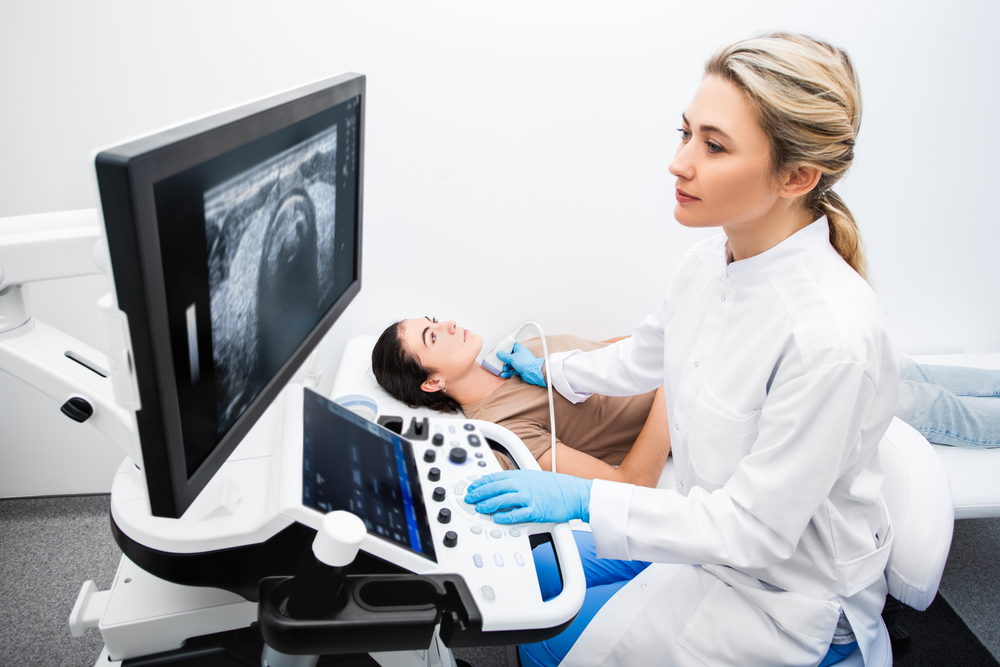Ultrasound Technology and the Changing Corporate Landscape
 There are two forces at work in every market: the status quo and the disruptors. In ultrasound technology, the status quo is represented by long-standing tech leaders, such as GE, Philips, Siemens, and Canon. But the disruptors are more difficult to identify — largely because they’re often acquired by more established players.
There are two forces at work in every market: the status quo and the disruptors. In ultrasound technology, the status quo is represented by long-standing tech leaders, such as GE, Philips, Siemens, and Canon. But the disruptors are more difficult to identify — largely because they’re often acquired by more established players.
The ultrasound tech landscape is changing. While smaller companies ideate breakthrough, innovative technology, the big players have the resources to acquire them and the structure to build on the innovation. What does this mean for the future of ultrasound technology?
MedTech-motivated M&A
Mergers and acquisitions (M&A) are popular corporate tactics for growing market share. The concept is simple — established companies wait for smaller competitors to bring new innovations to market and then capitalize on those new technologies by acquiring them. The question is, why are ultrasound startups such an attractive target for M&A activity?
The answer is a confluence of many factors — a boom in ultrasound innovation, higher demand for diagnostic imaging, and the rise of an outcomes-driven healthcare model. As disruptors bring new ultrasound products to market, like smaller form factors and digital-first systems, entrenched corporate players see acquisition as a way to add these technologies to their portfolios without investing in R&D themselves.
This strategy is especially apparent in the ultrasound market. For example, GE HealthCare recently acquired ultrasound AI maker Caption Health, allowing itself to quickly fold AI-backed ultrasound anomaly detection into its brand family. It’s a prime example of a big-name player snapping up promising technology to remain competitive and deliver cutting-edge services to its customers.
 A focus on ultrasound
A focus on ultrasound
Ultrasound innovations remain a hot commodity, spurring growth across a number of channels.
Startup companies bringing new tech to market are ripe for acquisition. Some startups are even consolidating, such as Exo and Medo, with the latter falling under the umbrella of the former in 2022. At the same time, major players are engaged in M&A and R&D of their own, to keep pace with industry evolution. There are even potential divestments coming down the pike that could shake up the landscape among legacy companies.
Dynamic and healthy, the ultrasound market is poised for continual growth. Over the next five years (through 2028), analyst reports predict a compound annual growth rate (CAGR) of 7.5%, fueled by increasing dependence on diagnostic imaging tools. As companies of all sizes seek to gain and grow market share, M&A enables quick moves that immediately impact the bottom line.
Consolidation’s impact on innovation
The effect of M&A is a widely debated topic in the business world. While some argue consolidation stifles innovation by eliminating competition, others contend it promotes innovation by exposing ideas to better funding, support, and access to knowledge and resources. There are sound arguments on both sides:
- Positives. When innovative startups are acquired by an established corporation, they not only benefit from increased funding and support, but also gain access to valuable resources like research and development capabilities, manufacturing facilities, and distribution networks. This enables them to scale operations and accelerate innovation.
- Negatives. In some situations, consolidation leads to the elimination of competition, which can stifle innovation. When a large company acquires a startup, it absorbs its intellectual property and talent, often burying innovation in red tape. Consolidation typically leads to products with higher price points due to lack of competition within the marketplace.
In the case of ultrasound, M&A has proved to be largely positive to date. By acquiring smaller startups with cutting-edge ultrasound technology, larger companies are improving their own products and services — with little to no negative impact to customers — by enhancing the technological development necessary to meet the demands of different specialties and modes of care delivery.
The ever-shifting ultrasound market
There are pros and cons to industry consolidation in any market, but for ultrasound technology, it’s likely to drive even more innovation. Startups are breaking barriers in tech development, and as they are acquired by established, big-name players, innovations are supported by bigger budgets and more resources.

 A focus on ultrasound
A focus on ultrasound